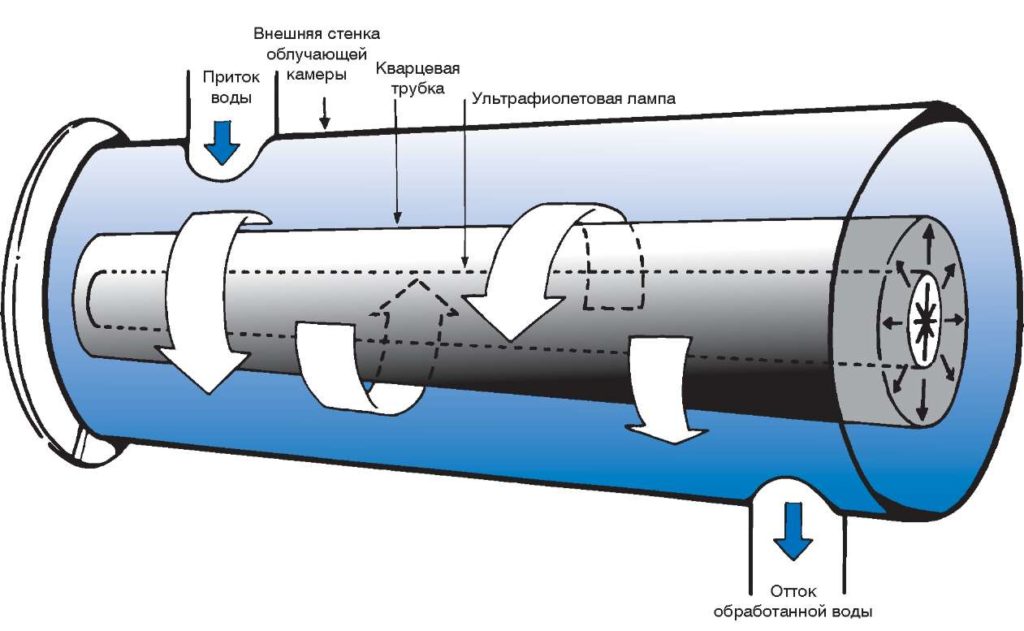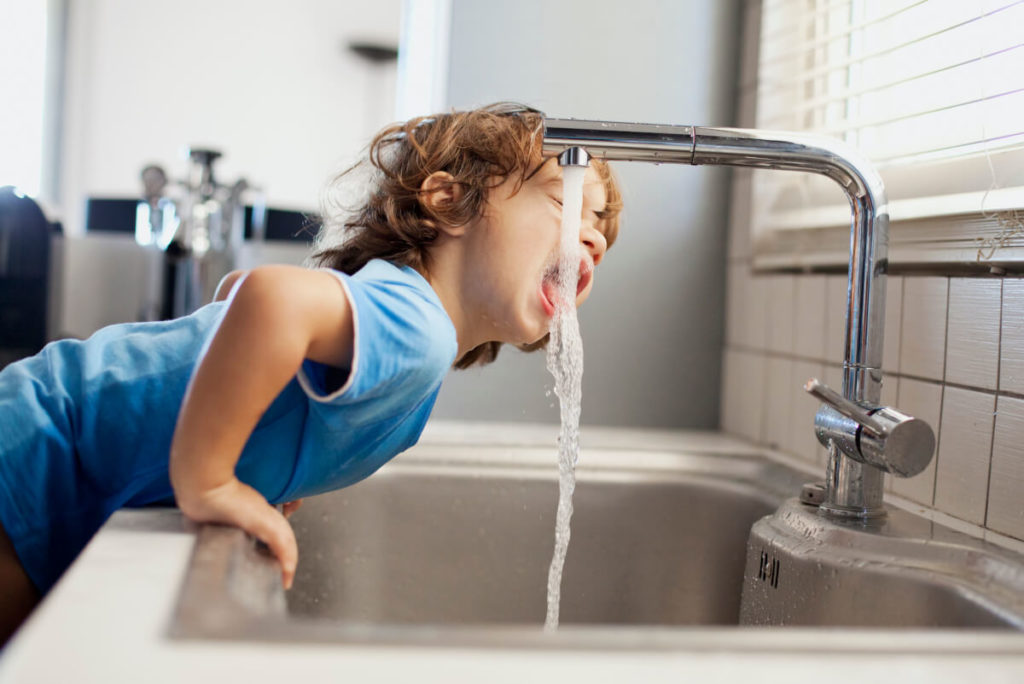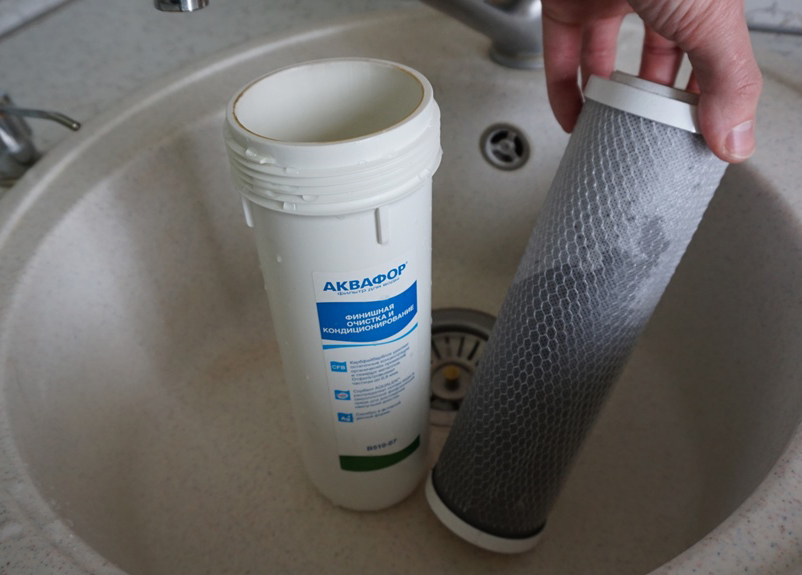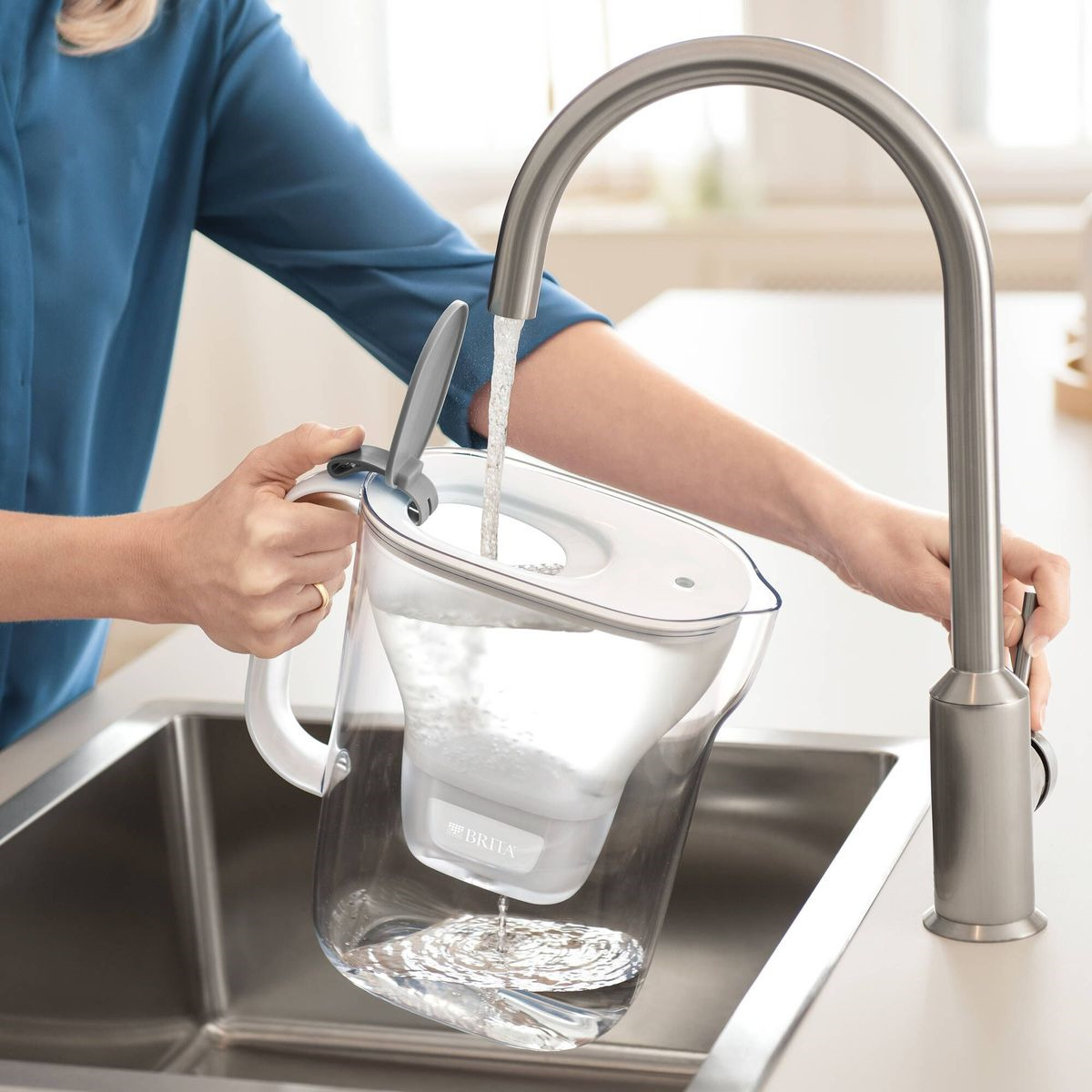Water chlorination: necessary or unsafe
Everyone knows that the water that flows from the tap in every home has undergone preliminary chemical treatment. But the question of how necessary and correct this is still remains open.
The content of the article
Why do they chlorinate water?
In the 1900s, chlorine compounds were first used to rid water of harmful microorganisms living in it. Since then, little has changed. This method is used everywhere today.
Reference! It was the chlorination of water in 1908 that helped cope with the cholera epidemic in Russia.
To neutralize the vital activity of microbes and protozoa at wastewater treatment plants, liquid chlorine or bleach is added to water taken from natural reservoirs. They are destructive for all “living creatures” located there. At the same time, it is believed that the chlorine standards adopted by GOST are quite small and cannot harm humans. This way the water is disinfected, acquires normal color, smell and neutral taste.
City services add chlorine compounds in excess to ensure that all pathogenic flora and fauna are rendered harmless. Typically, the procedure is carried out at a rate of at least 0.3 mg of residual chlorine per liter half an hour after treatment. If the indicator is less, then the water is considered to be of poor quality.During periods of epidemics, double chlorination can be carried out, then the concentration of compounds becomes even higher.
Is it possible to replace chlorine with something else?
In some cities (Moscow, St. Petersburg), ozonation and ultraviolet treatment technologies have begun to be used to purify drinking water; sodium hypochlorite is also used to replace chlorine. But all this is not as effective as chlorination itself. Therefore, these technologies are rather additional methods to improve water quality.
It is unlikely that the established procedure will be abandoned in the near future because:
- this is the most effective method of water disinfection of all currently known;
- there is no shortage of chlorine in the world, which makes it relatively cheap;
- long-term practice of use shows all its advantages.
All this suggests that today replacing the water purification procedure with chlorine with something else is impossible and pointless. We can only hope that in the near future scientists will invent new ways to disinfect drinking water.
Is chlorination safe?
Unfortunately, despite all the arguments in favor of treating with chlorine, such water is still harmful and dangerous to humans. It's all about residual chlorine, which tends to accumulate in the body. In addition, when heated (for example, when we boil a kettle), an even more toxic substance is formed - chloroform.
Even if you try not to drink untreated tap water, it still enters the human body through the skin. It has been proven that an hour spent in a warm chlorinated bath is equal to about ten liters of water drunk.By the way, when you feel dry and tight skin after home hygiene procedures, this is a manifestation of a high concentration of chlorine in the water. It has a detrimental effect on hair (makes it dry and brittle), irritates the mucous membrane of the nasopharynx and eyes.
As a result of many years of research, scientists have come to the conclusion that there is a direct relationship between the use of chlorine water and the development of dangerous diseases. The harmful consequences of the accumulation of this substance in the body can be liver disease, heart and kidney failure, breast, intestinal, and larynx cancer. In addition, pregnant women increase the risk of miscarriage and the possibility of developing serious pathologies of the fetus (for example, cleft lip or cleft palate).
What to do to reduce chlorine content in water
The simplest procedure is settling. Before using the water for its intended purpose, you can collect it in a separate container and let it sit for about 24 hours. Then the upper half of this volume can be carefully poured into a kettle or pan for cooking, and the rest must be drained - it contains all the settled carcinogens.
The above method is not suitable for everyone. To make the process faster, more convenient and easier, it is recommended to use an additional cleaning system. For example, carbon filters perfectly remove all harmful substances from water. They can be used both as separate containers and as a static device directly under the sink. The only condition for their use is frequent replacement (according to the instructions, approximately once every one to two months).
Important! Remember that after filtration there are no preservative substances left in the water, so literally within a day there will already be a lot of bacteria in it.
Now you know everything about the benefits and harms of chlorination and can draw your own conclusion about how important it is to take measures to neutralize residual compounds after chlorination.





